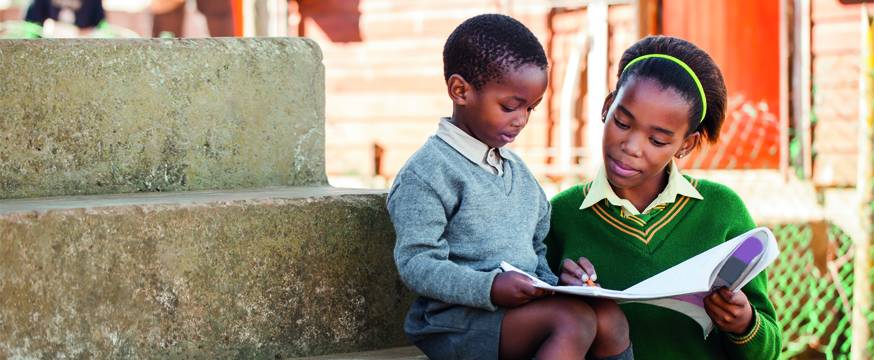
Next steps: measuring reading progress
Research 18 Jan 2016 3 minute readMonitoring progress in literacy requires the international cooperation of the education community, as Ross Turner explains.
Next steps: measuring reading progress
The ability to provide meaningful measures of reading growth in students across the globe will be critical to making progress toward the United Nations Sustainable Development Goals (SDGs).
The international community needs to be able to measure progress towards the education goals, but currently doesn’t have the tools to do so. Our challenge is to develop these tools.
An essential step in developing an effective measurement of reading ability is to describe it on a continuum; that is to develop a learning metric for reading. The learning progression that this describes, however, needs to recognise differences that may exist in this progression across various languages. Students’ advancement along the continuum is affected by factors such as school readiness, resources, health, learning opportunities, effectiveness of teaching strategies, and so on.
The resulting global tool for the measurement of reading ability should be able to identify individuals’ small learning steps and growth over time, and also compare progress made by different groups, as well as progress against defined achievement benchmarks. It should also provide information that indicates where learning interventions should be targeted.
Measuring reading growth
ACER’s Centre for Global Education Monitoring (GEM) is working on such a global metric for describing and quantifying reading growth.
The GEM Centre has compiled more than 500 reading items from assessments conducted in Australia, Europe, Asia-Pacific, Africa and America. Some of those assessments provide good measures of the difficulty of items they use, but there is currently no comparative information that allows us to locate the data from different assessment programs on the same scale.
The GEM work suggests that a global tool for reading could take account of both the unconstrained skills that continue to develop, like reading comprehension and vocabulary development, and the constrained skills that can be learned quickly and mastered entirely, such as alphabet knowledge, phonological awareness and concepts of print.
Different global contexts
To be most useful, measurements need to be comparable across different contexts. A global tool for reading needs to provide measurements of progress that mean the same in Afghanistan, Angola or Australia. It also needs to provide measurements that are meaningful and help policy makers and teachers see what needs to come next in the learning venture.
The GEM Centre has developed some components of a draft learning metric. The next step is to validate these in a range of countries, and undertake further work to build mechanisms for aligning existing national, regional or international assessments with the global metric.
For this work to be most effective, and to meet the 2030 United Nations SDGs, it must be done in partnership with the global development sector.
Read more:
Read the full paper, Monitoring reading progress: Towards a global approach or find out more about the Centre for Global Education and Monitoring.